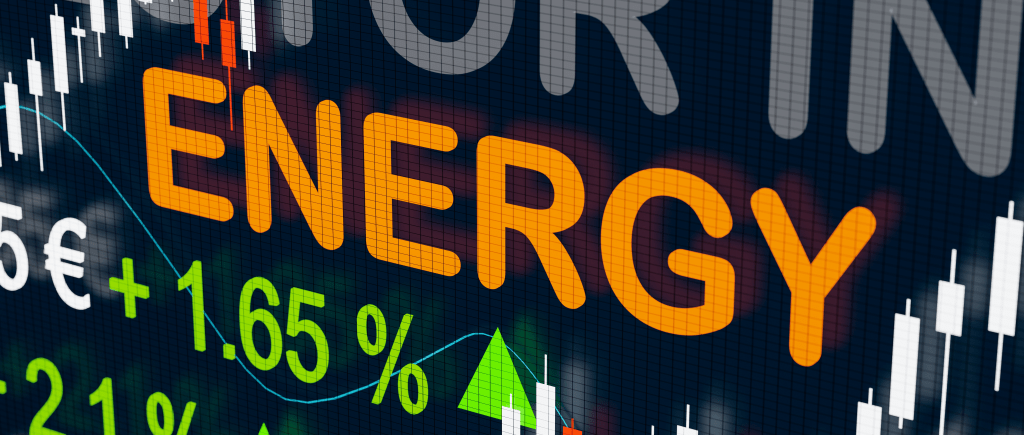West Texas Intermediate (WTI) crude oil plunged below $60 per barrel in a stunning one-day collapse, erasing weeks of cautious optimism in global energy markets. The sharp 4% drop, its steepest since June, followed renewed fears of a U.S.–China trade confrontation after President Donald Trump reignited tariff threats. What began as a tense standoff over economic leverage has now morphed into a potential drag on global growth, putting energy markets—and broader risk assets—on alert.
Oil prices are not simply reacting to tweets or statements. The market is responding to a deepening perception that political volatility is becoming an economic risk factor in its own right. When a leading global producer like the United States triggers uncertainty through policy signals, the fallout extends far beyond trade. It directly affects business confidence, investment in energy infrastructure, and the balance of global demand and supply.
Tariffs, Rare Earths, and Strategic Risks
President Trump’s latest decision to threaten sweeping tariffs on Chinese imports comes amid Beijing’s countermeasures—tightening export controls over rare earth minerals. These elements are vital for high-tech manufacturing and defense industries, and any restriction signals a significant escalation in economic rivalry. Such measures complicate efforts by both sides to re-engage in constructive trade talks, leaving the Asia-Pacific Economic Cooperation summit clouded with uncertainty.
Markets are reading these developments as more than diplomatic sparring. A sustained tariff conflict risks slowing manufacturing output across Asia and the United States alike. For energy markets, this means weaker demand projections, just as producers—including those in the U.S. shale sector—grapple with high output and declining margins. In short, political brinkmanship is rewriting oil’s risk narrative.
The Wider Economic Undercurrent
The renewed trade tensions come at a moment when the global economy remains sensitive to policy shocks. Federal Reserve Chair Jerome Powell has emphasized that monetary policy alone cannot offset structural or geopolitical disruptions. Likewise, Treasury Secretary Janet Yellen recently underscored the importance of supply chain stability as a condition for steady growth. When political actions undermine those foundations, even robust labor data or stable inflation cannot shield markets from turbulence.
Energy traders and investors, therefore, face a world where fundamentals—demand, supply, inventory—are increasingly overshadowed by headlines and policy surprises. The combination of U.S. political uncertainty, China’s strategic countermeasures, and slowing global trade flows creates an environment where volatility becomes the default rather than the exception.
What Lies Ahead
The critical question is whether global energy markets can adapt to this new normal of political risk. A prolonged standoff between Washington and Beijing would likely weaken consumer confidence, strain global logistics, and keep oil prices under sustained pressure. Conversely, any diplomatic breakthrough could offer only temporary relief unless it is paired with structural assurances on trade stability and energy cooperation.
As policymakers navigate competing national interests, the oil market remains the barometer of investor sentiment toward global growth. Its recent fall below $60 per barrel is more than a price adjustment—it is a warning signal. Until geopolitical tensions ease and clear policy direction returns, both traders and policymakers would be wise to approach the road ahead with measured caution and full awareness of the risks now shaping the global economic landscape.

 Noor Trends News, Technical Analysis, Educational Tools and Recommendations
Noor Trends News, Technical Analysis, Educational Tools and Recommendations




